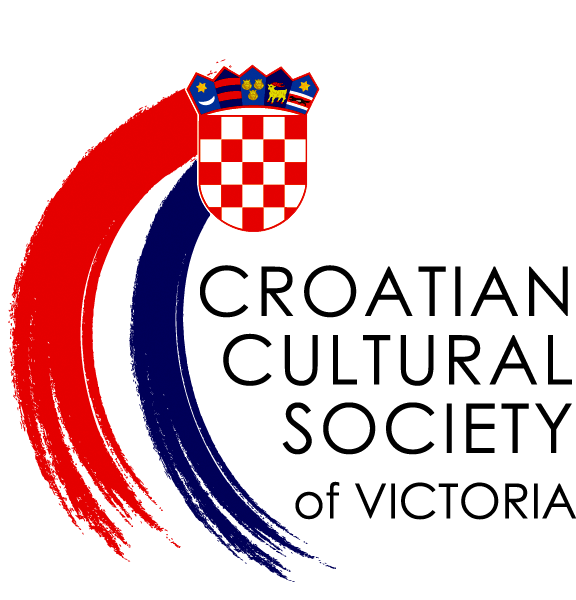Croatian Interlace
The Croatian interlace or Croatian wattle, known as the pleter or troplet in Croatian, is characteristic for its three-ribbon pattern. It is one of the most often used patterns of pre-Romanesque Croatian art and found on and within churches and monasteries built in early medieval Kingdom of Croatia between the 9th and 12th centuries. The ornamental strings were sometimes grouped together with animal and herbal figures.
Most representative examples of inscriptions embellished with the interlace include the Baška tablet and the Branimir Inscription. Other notable examples are located near Knin, in Ždrapanj and Žavić by the Bribir settlement, Rižinice near Solin and in Split and Zadar.
Croatia has a civil and military decoration called the Order of the Croatian Interlace.
Pleter is an ancient symbol associated with the floral world and, as art historians say, with waves and the flowing of water. It’s hardly a surprise then why the early Croats, coming from a part of the world known for its great and mighty rivers, wholeheartedly accepted this symbol. Moreover, converting to Christianity, they carved this ornament on their monuments such as the cross on the baptismal font of Višeslav, interweaving their ancient, pagan beliefs with the new – just like the ribbons on the pleter itself.
